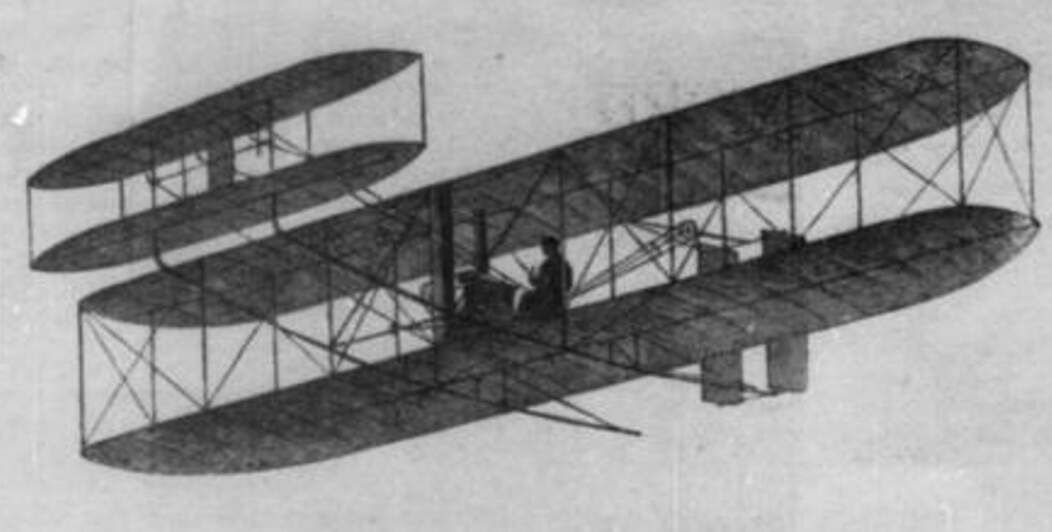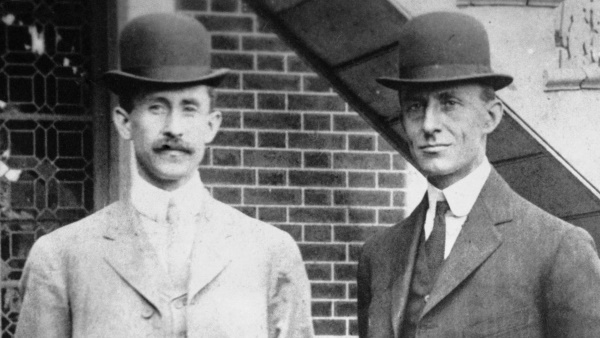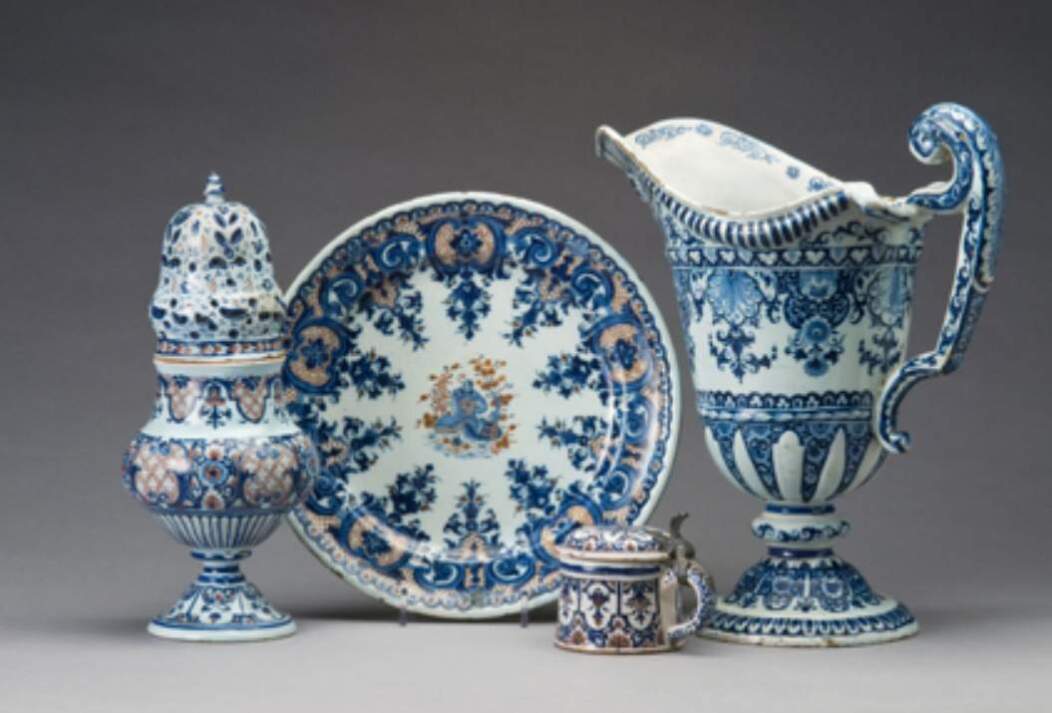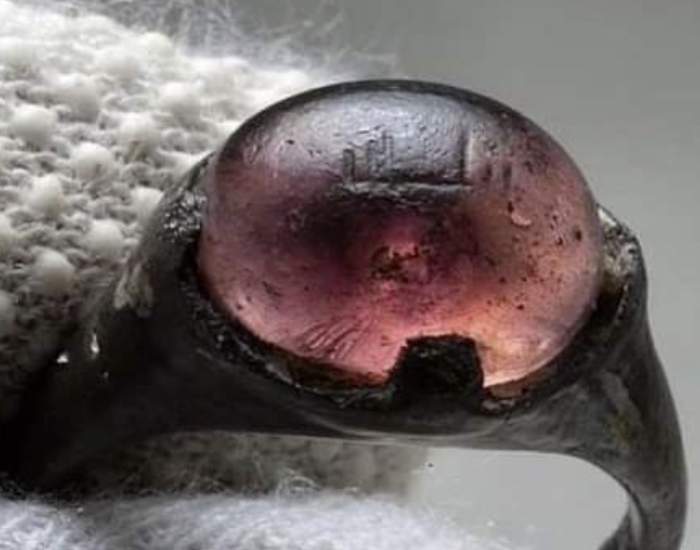The death of Wilbur Wright, the Bird Man. Honors the memory of the inventor of the Aeroplane. The bells of the churches tolled, business houses ceased their activities, the street- cars stopped their wheels, and a hush was upon the city. It was a heartfelt expression of respect and honor paid by the city of Dayton to a humble man whose name will stand with the great of the ages. For hours, a solemn, silent procession of people, two a second, had filed by the casket, which contained the lifeless form of the man who had brought great fame to the city.
For days, the people had each morning and each evening turned eagerly to the papers to see how Wilbur Wright was, and every day his condition was a topic of sympathetic conversation, everybody hoping that Wilbur would recover from the attack of typhoid fever that had laid him low in his father’s Everybody home on Hawthorne Street. hoped so sincerely that he would get well. He was so loved, he had done so much, and he was capable of doing so much more, that it seemed to all that he must get well. The funeral services were held in a large Presbyterian church in the heart of the city. His father, Bishop Milton Wright, has been in the ministry for nearly sixty years.

In 1809, he was elected editor of the Religious Telescope, editing our church paper for eight years, until he was elected bishop. When the question of the best method of dealing with the evil in the secret society led to a division in the Church, Bishop Wright, a leader in opposition to secrecy, was a prominent factor in what is called the Radical United Brethren Church, of which he is an honored member to this day.
Wilbur Wright had the advantage of being brought up in a godly home, where religion molded his character and religious principles dominated him. He had the advantage of training that kept him out of the lodges, and the only club to which he belonged was “The Ten Boys’ Club,” composed of several of his brothers and the boys of the neighborhood. If he had belonged to as many lodges as some young fellows do, he would have had much less time for the patient working out of the flying problem.
The Wright boys, always thinking of the invention of the aeroplane. Although Wilbur Wright and Orville are associated with their religious training in refusing to make flights or allowing their aviators to make flights on Sunday,. Their respect for the Sabbath has been a mighty sermon on Sabbath observance. Story of the Flying Machine. The story of the invention of the heavier-than-air flying machine is a story of patient investigation and persistent experimentation. You may be interested in having the outlines of the story repeated.
When Wilbur was about 11 and Orville was 7, their father brought home a toy called a helicopter, which was so constructed as to rise in the air, its screws being driven by twisted rubber bands. This is said to have given the boys their first interest in the flying machine idea. When the boys grew up, and after their school days, Orville became interested in the printing business and printed a neighborhood newspaper called the “West Side News.” When bicycle riding claimed the attention of so many, the boys went into the bicycle.
Wilbur Wright business, selling wheels, repairing them, and finally making them. This training furnished valuable equipment for their greater work. In 1806, Lilienthal, the German experimenter, lost his life while coasting on the air with his “glider.” This attracted renewed attention to the problem of flying. Orville Wright was recovering from an attack of typhoid fever, the disease that caused the death of Wilbur, and during his convalescence, Schweizer.
Zeitung Zolingen, since he had his sister, Katherine, read book after book of his selection,. The books selected dealt with the history of the attempts at flying. By the time he had recovered, he had determined convalescence and experimented himself, and both brothers began their thorough study of the principles involved in the problem of flying and entered into a series of experiments. The principle of the glider was adopted.
To secure privacy and steady winds, with suitable hills and a sandy lighting place, the boys went to Kitty Hawk, North Carolina, and to Kill Devil Hill, near there, in 1900 and 1901. There, they experimented with the forward rudder and the warped planes. An important feature of their investigations and experiments was their patience and thorough study of principles, mastering each problem step by step. Perhaps this feature can be stated in a quotation from an address delivered by Wilbur Wright before a society of engineers after two years of experiments.
He said: “The difficulties which obstruct the pathway to success in flying-machine construction are of three general classes:
- Those which relate to the construction of the sustaining wings.
- Those which relate to the generation and application of the power required to drive the machine through the air.
- Those relating to the balancing and steering of the machine after it is actually in flight. “Of these difficulties, two are already, to a certain extent, solved.
As long ago as 1883, a machine weighing eight thousand pounds demonstrated its power both to lift itself from the pad and to maintain a speed of thirty to forty miles per hour, but it came to grief in an accidental free flight owing to the inability of the operators to balance and steer it properly. This inability to balance and steer still confronts students with the flying problem, although nearly ten years have passed. When this one feature has been worked out, the age of flying machines will have arrived, for all other difficulties are of minor importance.”
Having analyzed the problem and narrowed it down to balancing and steering, the patient inventors continued their work. In 1902, they continued their experiments at Kitty Hawk, North Carolina. Experience in the air forced the boys to construct new tables as to the force of air pressure on planes at different angles. Overcoming the miscalculations of earlier students about the problem, they were finally able to steer and balance the glider. The next thing to do was to apply a motor and propellers made by the young mechanics themselves.
At last, on December 17, 1903, a machine carrying a man rose by its power in free flight, the first instance of its kind in the history of the world. During the days following, other successful flights were made, when the machine, while at rest, was wrecked by being overturned by a sudden wind. With the principle mastered, improvements in their machine were made, and in 1904 and 1905, the Wright boys began to fly at their experimentation grounds, eight miles east of Dayton. Up to that time, Dayton, with most of the world, had smiled when the subject of the Wright boys’ flying.
Read More: Rum Trade Between Caribbean Colonies, North America, and Great Britain






